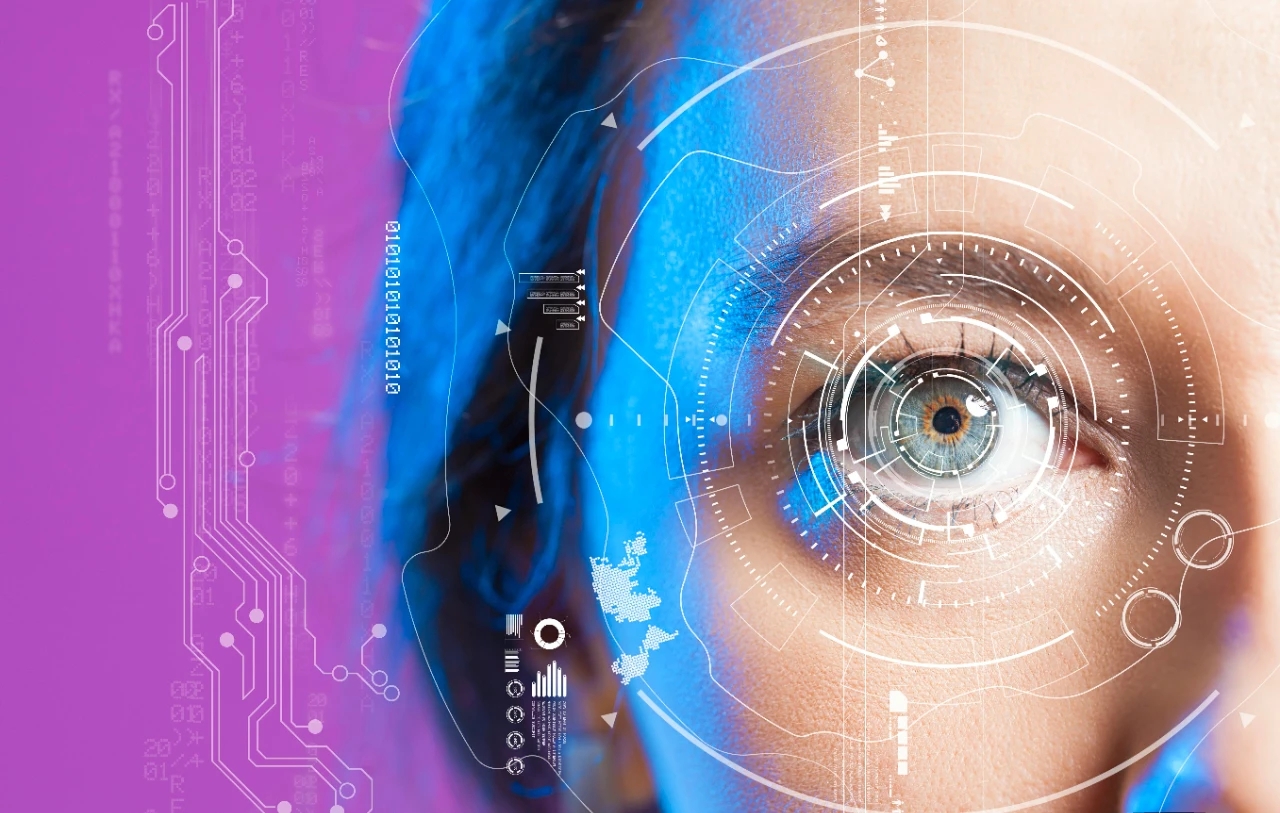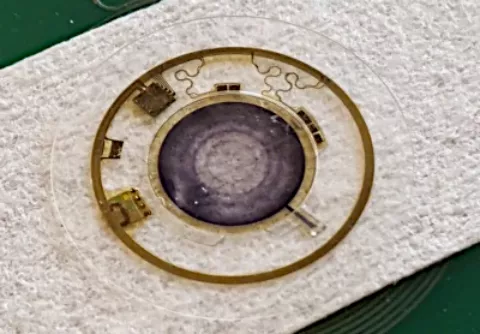
Ophthalmology revolution!Smart contact lenses that correct vision
Since the concept of contact lenses was first proposed in the 19th century, the development and transformation of contact lenses have never stopped.Plastic contact lenses were introduced in 1930, then the corneal lens in 1940, the soft water glue lens in 1960, the disposable contact lenses in 1980, and now the various cosmetic contacts that are sought after by beauty loving women are complicated and complicated.But now, with the development of technology, what contact lenses can provide us is no longer just vision improvement and beautification, intelligent contact lenses will cause a new revolution in the treatment of eye diseases.
Researchers from Ghent University, the Madrid Laboratory and the Belgian Centre for Microelectronics Research published a paper recently on Scientific Reports entitled "Artificial Iris Performance for Smart Contact Lens Vision Correction Applications".
By embedding the guest main liquid crystal display (HEREAFTER CALLED GH-LCD) into the concentric circle and controlling by electric drive, the LIQUID crystal continuously synchronously turns on/off to achieve the regulation function similar to the natural iris.



When GH-LCD is turned on, the external light penetration intensity is significantly weakened. Instead of iris, the pupil area is adjusted to attenuate the transmitted light intensity, which plays a protective role for patients with phobias caused by corneal defects.On the other hand, the small aperture formed by the compact arrangement of holes in GH-LCD itself and the static diffraction of the contact lens itself make it possible to realize the close-up image focusing.In this study, the transmission light spectrum of visible band (380nm-780nm) in the on/off state of intelligent artificial iris was studied, and the results confirmed that intelligent contact lens had attenuation effect on the external light intensity in all visible bands.

With the development of science and technology, contact lens, as a high-precision electronic integrated device in direct contact with the eye, has realized a visual image correction system beyond the existing way, which provides a new way for the development of autonomous artificial iris in medical treatment.